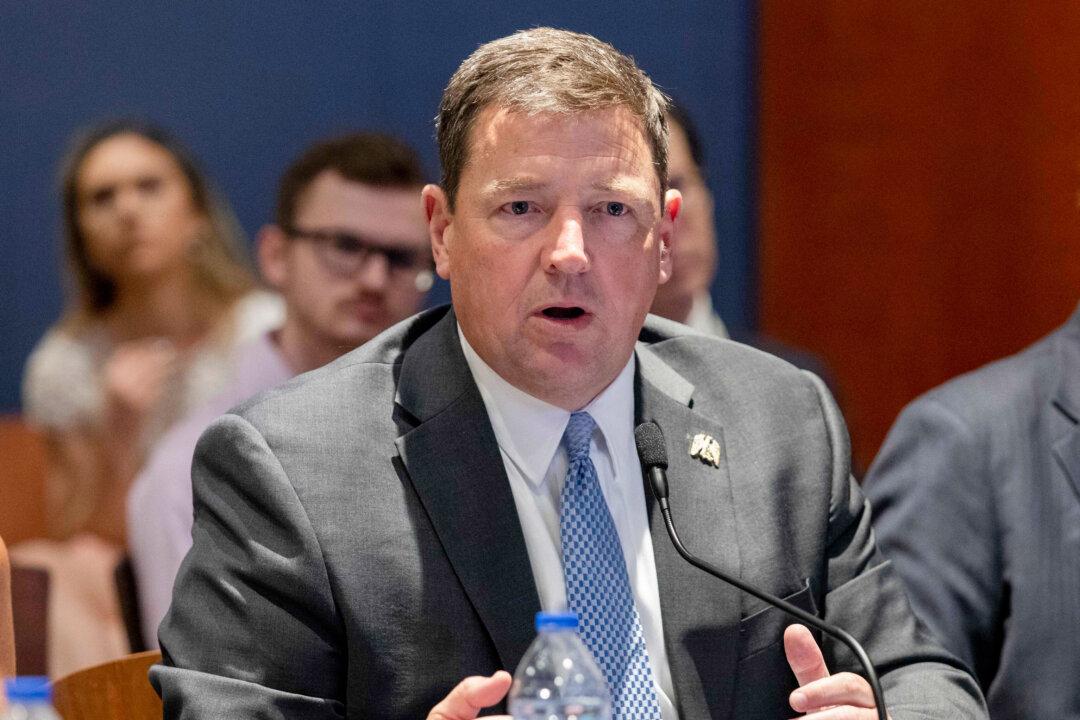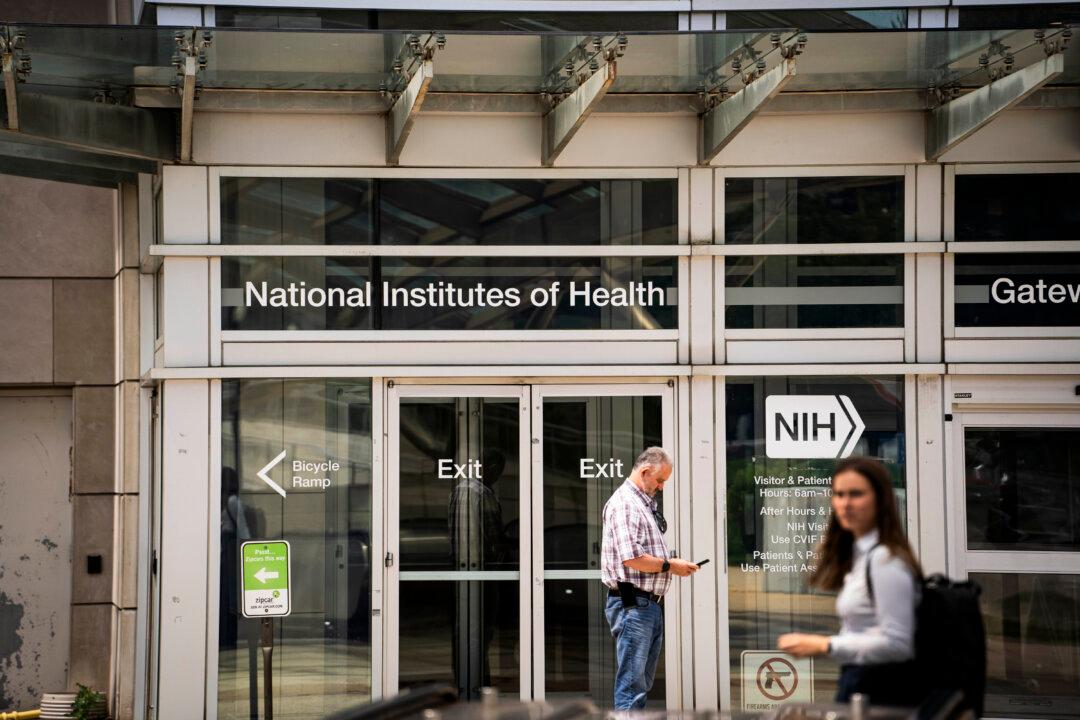Multiple state labs found a problem with coronavirus test kits issued by the Centers for Disease Control and Prevention (CDC) centered on inconclusive lab results, Dr. Nancy Messonnier, director of one of the CDC’s centers, said on Feb. 12.
“We hoped everything would go smoothly as we rushed this,” Messonnier said.
When states receive the kits, they verify that the kit works the same in their lab that it worked at the CDC. When some states were doing the certification, they found that the tests didn’t work as expected.
“Test results were not coming back as false positives or false negatives, but they were being read as inconclusive,” Messonnier said. Officials evaluated the results and believe they’ve identified an issue with one of the reagents performing inconsistently. Reagents are substances used to carry out laboratory tests.
Not all of the states have performed the verification of the testing kits. Once results from every state are received by the CDC, federal authorities will see which labs can continue using the kits they received and which ones to send new reagents to.
The kits were created and sent out by the CDC to enable testing of possible coronavirus cases outside of the Atlanta-based agency. The agency was receiving numerous samples from across the United States, causing delays in finding the results of suspected cases.
All clinical specimens are still being sent to the agency for validation and the CDC will keep providing verification of the results even after state labs get the test kits up and running, Messonnier said.


U.S. officials have been testing two categories of people: those who have symptoms consistent with those linked to the new coronavirus—coughing, a fever, and respiratory symptoms—and who have been to places where the outbreak is spreading, and those who have had contact with confirmed or suspected cases.
Out of the 13 cases confirmed in the United States, 11 had been to China, where the virus started in December 2019, and two had close contact with confirmed cases.
Five planes carrying Americans from Wuhan, the epicenter of the virus, have arrived in the United States in recent weeks. The group on the first plane that arrived was released from quarantine in California on Tuesday after none of them tested positive during the two-week isolation.
The 195 people “happily returned to their families and communities,” Messonnier said. They “pose no health threat to the surrounding communities or the community they will be returned to,” she added, dismissing a Chinese study that said incubation periods for the virus lasted as long as 24 days.
Of the four other groups, one each is at March Air Reserve Base in Riverside County, California; Marine Corps Air Station Miramar in San Diego, California; Camp Ashland in Nebraska; and Joint Base San Antonio-Lackland in Texas. Only one case has been confirmed among the hundreds of evacuees. That patient was at the base in San Diego.
That patient was initially released from a hospital and was being taken back to the base, federal officials have said. Messonnier said on Wednesday that the mistaken release stemmed from delayed testing of a sample from the patient. Once the sample returned positive, the patient was quickly returned to the hospital.
Officials on Tuesday said the issue stemmed from a labeling error, citing differences between how the UC San Diego Medical Center and the CDC label samples.
“It was an issue with the labeling,” Dr. Christopher Braden, who leads the CDC delegation in San Diego, said at a press conference in San Diego, according to the Associated Press. “They have their procedures, we have our procedures. They didn’t match exactly.”





